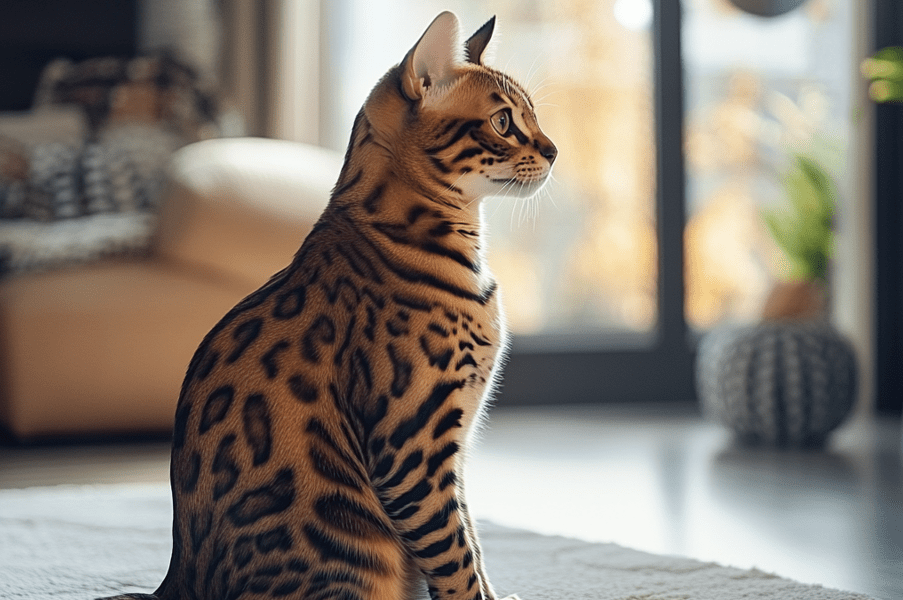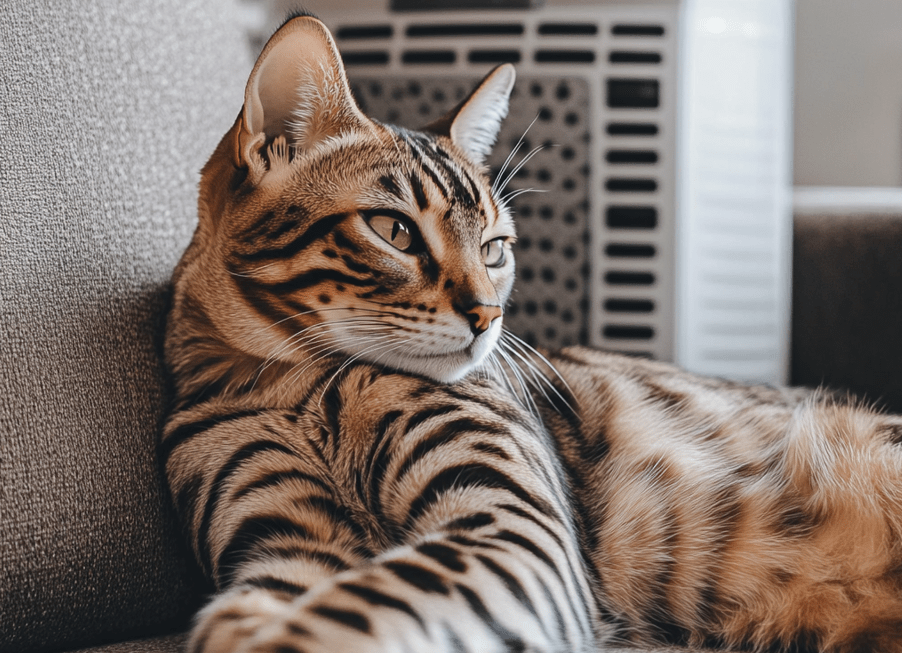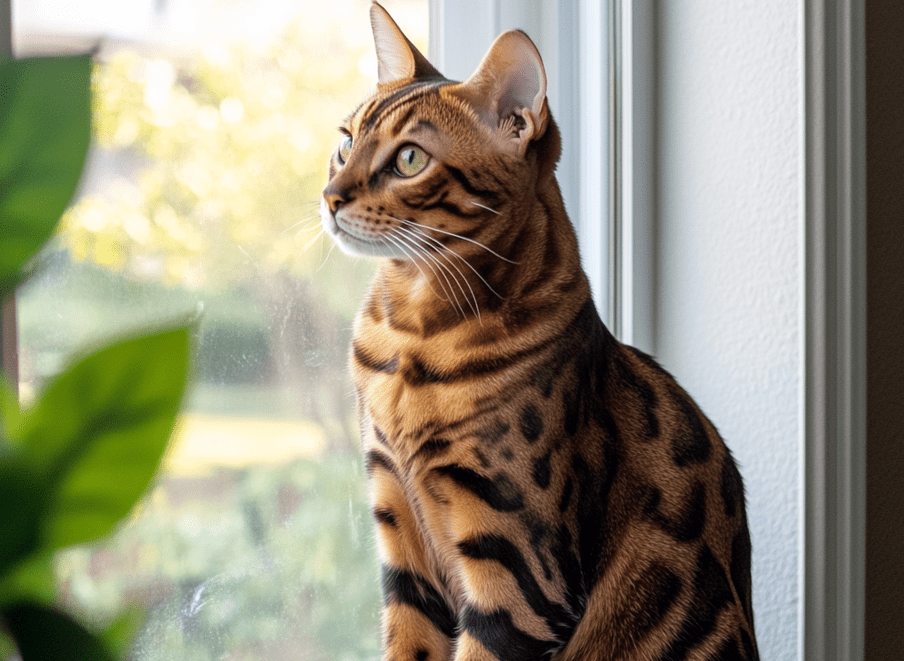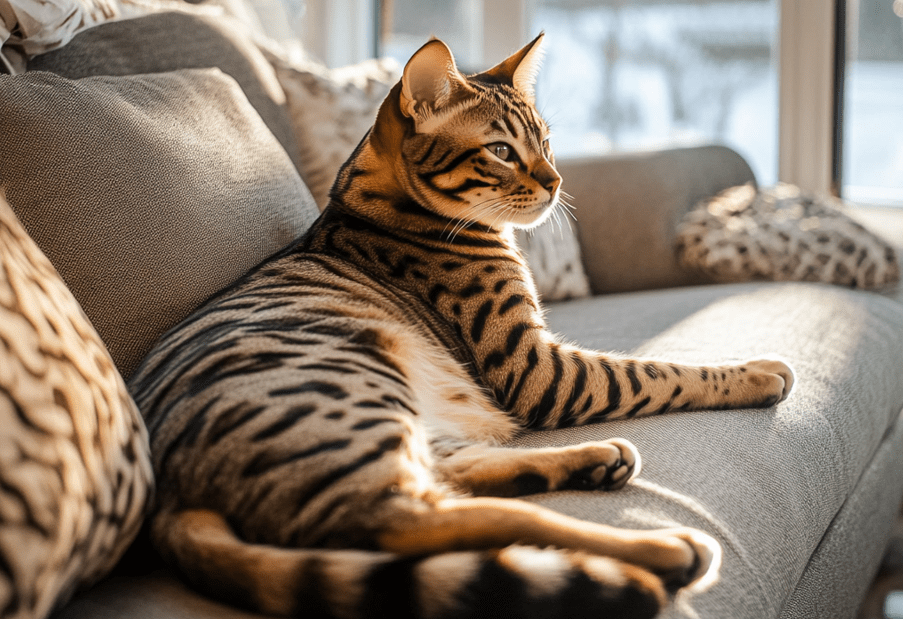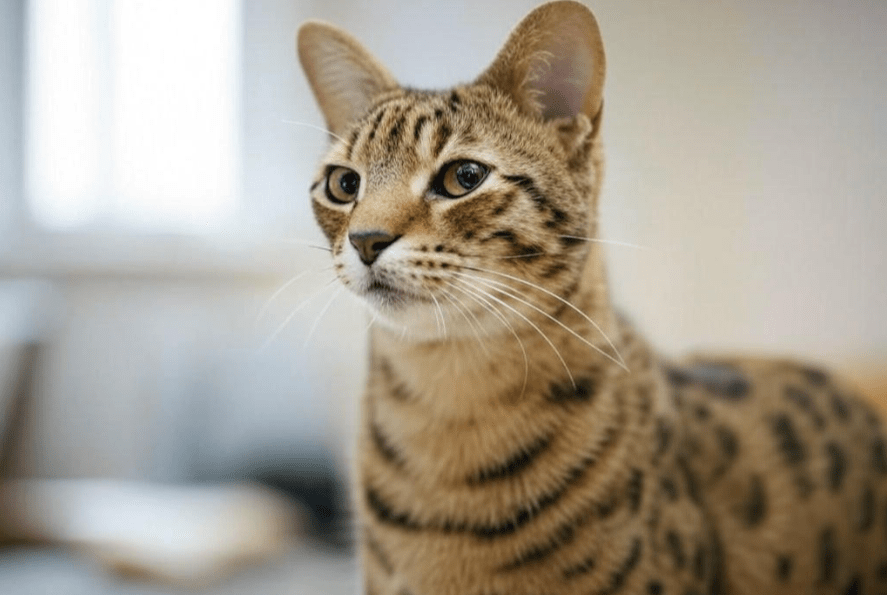
Proper hydration for Bengal cat health is vital for these energetic, leopard-like felines. Bengal cats, known for their sleek coats and playful personalities, have unique needs that make adequate water intake essential. From supporting kidney function to maintaining a glossy coat, hydration plays a critical role in keeping your Bengal vibrant and healthy. This comprehensive guide explores why hydration matters, signs of dehydration, practical ways to ensure your Bengal stays hydrated, and how to address common challenges. Whether you’re a new or seasoned Bengal owner, this article will empower you to prioritize your cat’s hydration for a long, healthy life.
Why Hydration Matters for Bengal Cats
Bengal cats are descendants of the Asian leopard cat, inheriting a high-energy lifestyle and a metabolism that demands proper nutrition and hydration. Water makes up about 60–70% of a cat’s body and is crucial for:
Kidney and Urinary Health: Bengals are prone to urinary tract issues like feline lower urinary tract disease (FLUTD). Adequate hydration helps flush toxins and prevent crystal formation in the bladder.
Digestion: Water aids in breaking down food and absorbing nutrients, supporting a healthy digestive system.
Temperature Regulation: Bengals, with their active nature, rely on hydration to regulate body temperature during play.
Joint and Muscle Health: Proper hydration keeps joints lubricated and muscles functioning, essential for a Bengal’s acrobatic lifestyle.
Skin and Coat Health: Hydration ensures a shiny, healthy coat, a hallmark of the Bengal breed.
Unique Hydration Needs of Bengals
Bengals have a low thirst drive, a trait inherited from their wild ancestors who got most of their moisture from prey. This makes them less likely to drink enough water voluntarily, increasing the risk of dehydration. Additionally, their active lifestyle and preference for warm environments can lead to higher water loss, making hydration a priority for Bengal owners.
Signs of Dehydration in Bengal Cats
Recognizing dehydration early can prevent serious health issues. Common signs include:
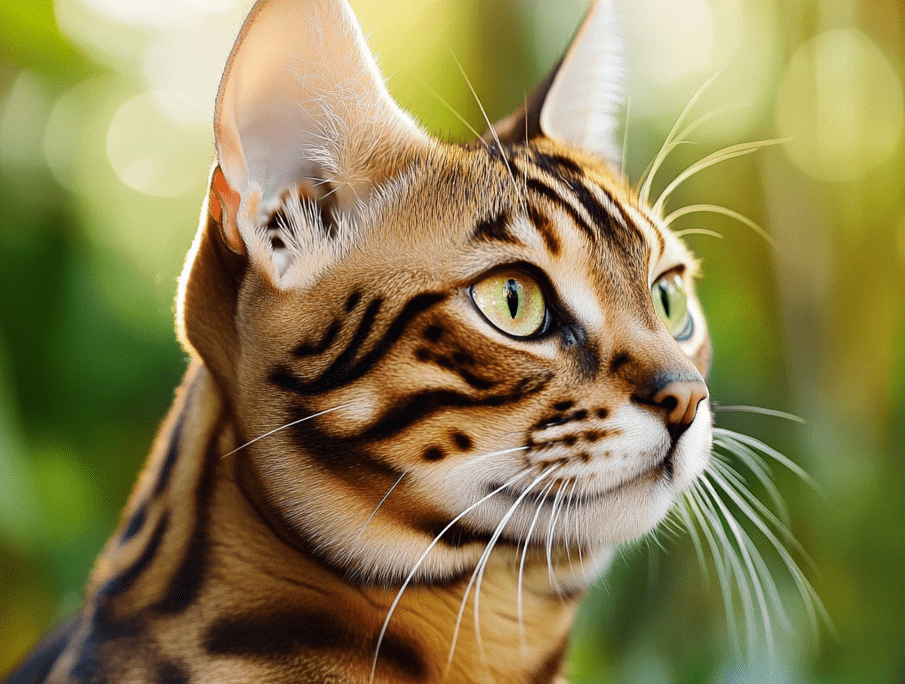
Lethargy: A dehydrated Bengal may seem less playful or tired.
Dry Gums: Press your finger against your cat’s gums; if they’re sticky or slow to regain color, dehydration may be present.
Sunken Eyes: A subtle but serious sign of severe dehydration.
Loss of Skin Elasticity: Gently pinch the skin on your Bengal’s neck; if it doesn’t snap back quickly, dehydration is likely.
Reduced Urination: Fewer litter box visits or concentrated, dark urine indicate insufficient water intake.
Panting or Rapid Breathing: Bengals may pant if overheated and dehydrated.
Actionable Tip: If you suspect dehydration, offer fresh water immediately and contact your vet. Severe dehydration may require fluid therapy.
Health Risks of Poor Hydration in Bengals
Chronic dehydration can lead to serious health problems, particularly for Bengals due to their predisposition to certain conditions. These include:
1. Urinary Tract Issues
Bengals are susceptible to FLUTD, including bladder stones and urinary crystals. Low water intake concentrates urine, increasing the risk of these painful conditions.
2. Kidney Disease
Chronic kidney disease (CKD) is common in older cats, including Bengals. Proper hydration supports kidney function and reduces strain on these vital organs.
3. Constipation
Inadequate hydration can cause hard, dry stools, leading to discomfort and potential complications like megacolon.
4. Heat Stress
Bengals love warm spots, but without enough water, they’re at risk of overheating, especially during intense play sessions.
Actionable Tip: Regular vet checkups with bloodwork and urinalysis can catch early signs of kidney or urinary issues, allowing you to adjust hydration strategies proactively.
How Much Water Does a Bengal Cat Need?
A Bengal cat needs approximately 1–2 ounces of water per pound of body weight daily, depending on diet, activity level, and environment. For a 10-pound Bengal, this translates to 10–20 ounces (1.25–2.5 cups) of water per day. Cats on wet food get some moisture from their diet, while those on dry food need to drink more.
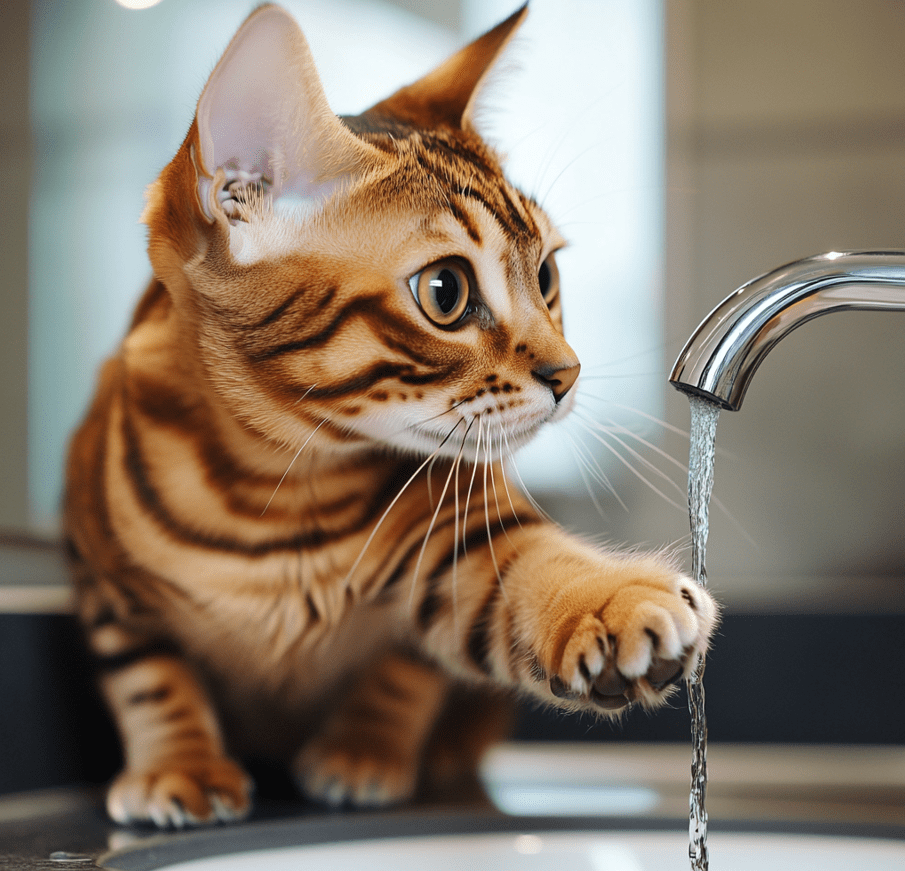
Factors Affecting Water Needs:
Diet: Wet food contains 70–80% water, while dry food has only 10%.
Climate: Hot or dry environments increase water loss.
Activity Level: Bengals’ high energy means they lose more water through panting and play.
Health Conditions: Cats with diabetes or kidney disease may require more water.
Practical Ways to Boost Hydration for Bengal Cat Health
Encouraging your Bengal to drink enough water can be challenging, but these strategies can help:
1. Feed a Wet Food Diet
Wet food is an excellent source of moisture, providing up to 80% of your Bengal’s daily water needs. It’s also highly palatable, appealing to picky Bengals.
Tips:
-
Choose high-quality wet food with animal-based proteins and minimal fillers.
-
Gradually transition from dry to wet food over 7–10 days to avoid digestive upset.
-
Consult your vet for portion recommendations based on your Bengal’s weight and activity level.
2. Provide Fresh, Clean Water
Bengals are sensitive to stale or contaminated water, so keeping their water source appealing is key.
Tips:
-
Use a wide, shallow bowl or a pet water fountain, as Bengals prefer moving water.
-
Clean bowls daily to remove bacteria or debris.
-
Place multiple water stations around your home, away from food and litter boxes.
3. Invest in a Cat Water Fountain
Bengals are often fascinated by running water, and a fountain can encourage drinking. Fountains keep water fresh and oxygenated, mimicking the flowing streams their wild ancestors drank from.
Tips:
-
Choose a fountain with a quiet motor to avoid startling your Bengal.
-
Replace filters regularly and clean the fountain weekly.
4. Add Flavor to Water
If your Bengal is reluctant to drink, adding a splash of low-sodium chicken broth or tuna juice (in moderation) can make water more enticing.
Tips:
-
Use only vet-approved flavorings to avoid upsetting your cat’s stomach.
-
Offer plain water alongside flavored water to ensure they don’t become dependent.
5. Incorporate Ice Cubes or Water-Rich Treats
Bengals love to play, and floating ice cubes in their water bowl can turn drinking into a game. You can also offer water-rich treats like small pieces of cucumber or melon (with vet approval).
Tips:
-
Ensure treats are safe and given sparingly to avoid dietary imbalances.
-
Monitor your Bengal’s reaction to new foods to prevent digestive issues.
6. Use Puzzle Feeders with Wet Food
Puzzle feeders stimulate your Bengal’s mind while encouraging them to consume wet food, increasing their moisture intake.
Tips:
-
Start with simple feeders to avoid frustration.
-
Clean feeders thoroughly to prevent bacterial growth.
7. Monitor and Adjust for Seasons
In hot or dry seasons, your Bengal may need more water to stay hydrated. Offer extra water sources and check for signs of overheating.
Tips:
-
Place water bowls in cool, shaded areas.
-
Use a pet-safe cooling mat to help your Bengal stay comfortable.
Addressing Common Hydration Challenges
Bengal owners may face obstacles when trying to improve their cat’s water intake. Here’s how to overcome them:
1. Picky Drinking Habits
Some Bengals refuse still water or dislike certain bowl materials (e.g., plastic). Experiment with stainless steel, ceramic, or glass bowls, and try a water fountain to spark interest.
2. Preference for Dry Food
If your Bengal only eats dry kibble, they’ll need to drink significantly more water. Gradually mix wet food into their diet or soak kibble in water to boost moisture.
3. Multi-Cat Households
In homes with multiple cats, competition or stress can deter a Bengal from drinking. Provide separate water stations in quiet areas to ensure access.
4. Health Conditions
Cats with dental issues, kidney disease, or diabetes may avoid water due to discomfort or increased thirst. Work with your vet to address underlying conditions and tailor hydration strategies.
Hydration and Specific Health Conditions in Bengals
Certain health issues common in Bengals require extra attention to hydration:
1. Feline Lower Urinary Tract Disease (FLUTD)
Bengals are prone to FLUTD, which includes cystitis and urethral blockages. Increased water intake dilutes urine, reducing the risk of crystal formation.
Hydration Strategy: Prioritize wet food and ensure constant access to fresh water. Your vet may recommend a urinary health diet.
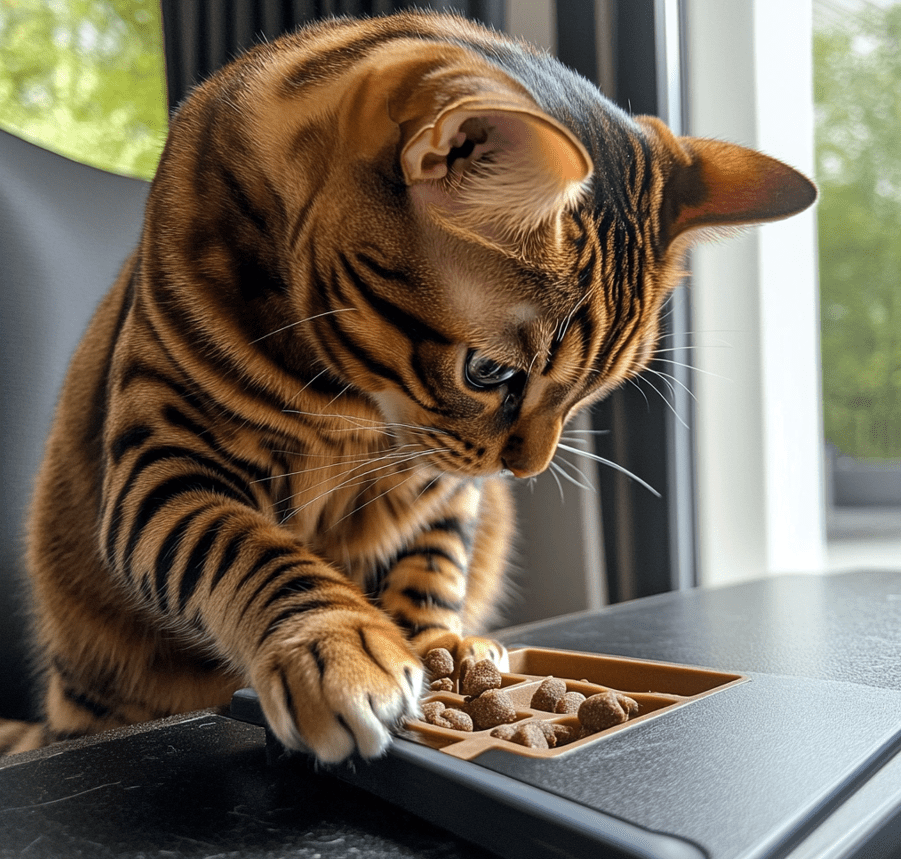
2. Chronic Kidney Disease (CKD)
Older Bengals are at risk for CKD, which impairs kidney function. Hydration supports the kidneys by flushing toxins.
Hydration Strategy: Offer wet food and consider subcutaneous fluids under vet supervision for advanced cases.
3. Diabetes
Diabetic Bengals often have increased thirst, but dehydration can still occur if water intake doesn’t match losses.
Hydration Strategy: Monitor water consumption and provide multiple water sources. Follow your vet’s dietary and insulin recommendations.
Monitoring Your Bengal’s Hydration
To ensure your Bengal is well-hydrated, track these indicators:
Urine Output: Healthy Bengals urinate 2–4 times daily, with pale yellow urine. Dark or infrequent urination suggests dehydration.
Water Intake: Measure how much water your Bengal drinks daily, especially if they eat dry food.
Weight and Body Condition: Sudden weight loss or a dull coat may indicate dehydration or related health issues.
Behavior: A hydrated Bengal is playful and alert. Lethargy or reduced activity warrants attention.
Actionable Tip: Keep a log of your Bengal’s water intake, urination, and behavior to share with your vet during checkups.
When to Consult a Veterinarian
Contact your vet if your Bengal shows signs of dehydration or related health issues, such as:
-
Persistent lethargy or refusal to drink.
-
Dark, concentrated urine or reduced litter box visits.
-
Vomiting, diarrhea, or weight loss.
-
Symptoms of urinary issues (straining, blood in urine).
Your vet may perform bloodwork, urinalysis, or imaging to diagnose underlying conditions and recommend treatments like fluid therapy or dietary changes.
Conclusion

Hydration for Bengal cat health is a cornerstone of their well-being, supporting everything from kidney function to a glossy coat. Bengals’ unique needs and low thirst drive make it essential to prioritize water intake through wet food, fountains, and a stimulating environment. By recognizing signs of dehydration, addressing health risks, and implementing practical strategies, you can ensure your Bengal stays healthy and active. Regular vet visits and proactive care will help catch issues early, allowing your feline companion to thrive. This guide is designed to be the ultimate resource for Bengal owners, offering actionable insights to keep your cat hydrated and happy for years to come.

